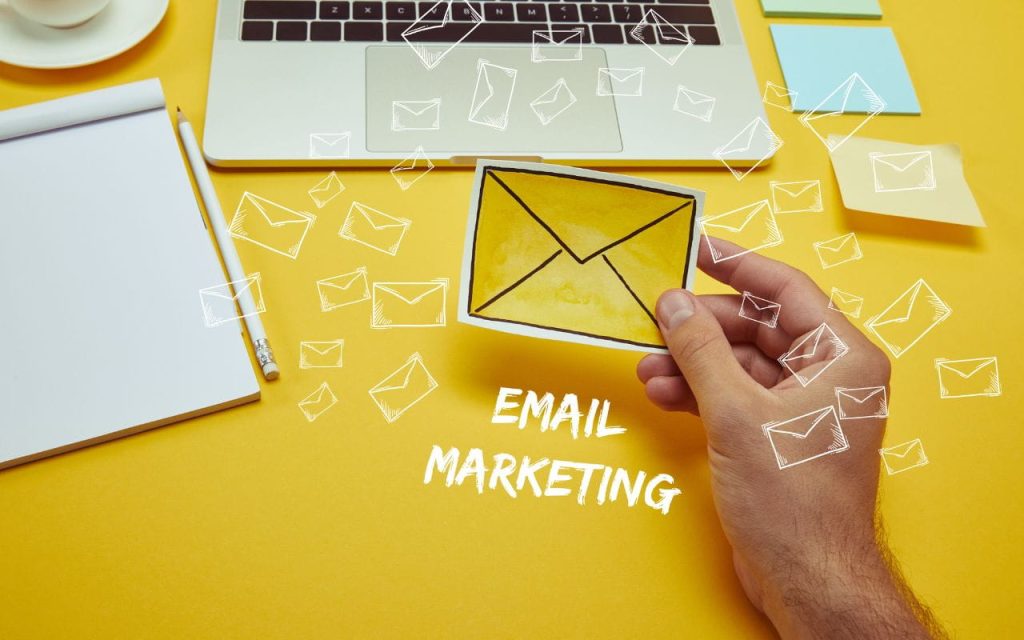
Email marketing remains a powerful tool in the digital marketer’s arsenal, capable of delivering personalized content directly to a user’s inbox.
However, with the overwhelming volume of emails that consumers receive daily, standing out and engaging your audience requires more than just sending out regular newsletters.
This article delves into proven email marketing strategies that not only capture attention but also drive conversions, ensuring your campaigns achieve their maximum potential.
Understanding Your Audience
The foundation of any successful email marketing campaign is a deep understanding of your audience.
This principle is exemplified by the success stories of industry leaders, such as the Youngest Digital Marketing Strategist in Bangladesh, who have leveraged audience insights to drive remarkable campaign results. Segmenting your email list based on demographics, purchase history, and engagement levels allows for the delivery of targeted, personalized content that resonates with each subscriber.
For instance, an e-commerce store might send tailored product recommendations to customers based on their browsing behavior, significantly increasing the likelihood of conversion.
Crafting Compelling Subject Lines
Your email’s subject line is the first impression you make on your recipients, and it can be the deciding factor between an open or a delete. Subject lines should be concise, clear, and intriguing, promising value within the email.
A/B testing different subject lines can help identify what resonates best with your audience, whether it’s a question, a personalized touch, or a sense of urgency.
Optimizing for Mobile
With the majority of emails now being opened on mobile devices, optimizing your email design for mobile is non-negotiable.
Responsive email templates ensure that your content looks great and is easy to interact with, regardless of the device used. You do not want to make these common content marketing mistakes. This includes using a readable font size, making call-to-action (CTA) buttons large enough to be tapped easily, and keeping the overall design simple and uncluttered.
Valuable Content
While promotional emails are a staple of email marketing, providing value beyond sales pitches is essential to keeping your audience engaged.
Educational content, industry insights, and useful tips can help establish your brand as a thought leader and maintain subscriber interest. For example, a software company might share tips on improving productivity using their tool, offering real value to their users’ inboxes.
Timing and Frequency
The timing and frequency of your emails can significantly impact their effectiveness. Bombarding subscribers with too many emails can lead to unsubscribes, while sending too infrequently might cause your brand to be forgotten.
Analyzing your email metrics to understand when your audience is most likely to engage with your content can help in scheduling your emails for optimal open and click-through rates.
Interactive Elements
Incorporating interactive elements into your emails, such as polls, surveys, or clickable sliders, can increase engagement and provide valuable feedback from your audience.
These elements not only make your emails more engaging but also offer insights into your subscribers’ preferences and behaviors, enabling further personalization of future campaigns.
Measuring Success
The only way to continually improve your email marketing strategy is by measuring its performance. Key metrics such as open rates, click-through rates, conversion rates, and unsubscribe rates offer insights into what’s working and what’s not.
Regularly reviewing these metrics allows for data-driven adjustments to your email marketing strategy, ensuring ongoing optimization and better results.
Conclusion
Effective email marketing goes beyond sending out emails; it requires a strategic approach that prioritizes understanding the audience, delivering personalized and valuable content, and continuously optimizing based on performance metrics.
By implementing these proven strategies, marketers can elevate their email marketing campaigns, driving higher engagement, and fostering stronger customer relationships.
In a digital landscape where attention is fleeting, making your emails count is more important than ever.
